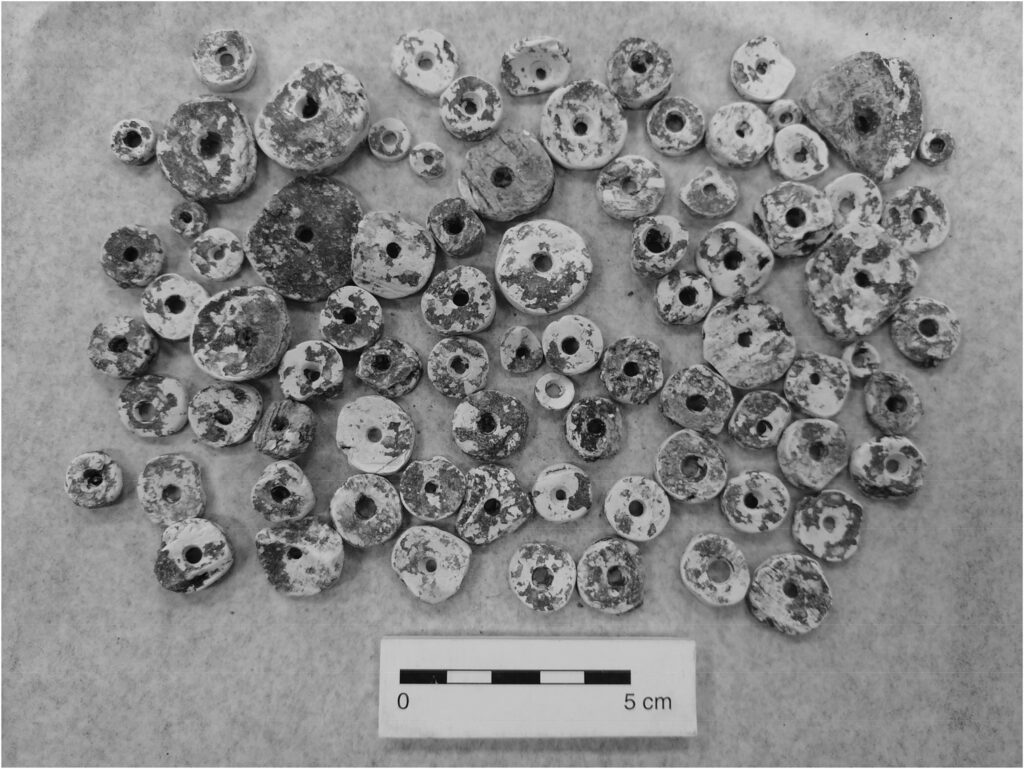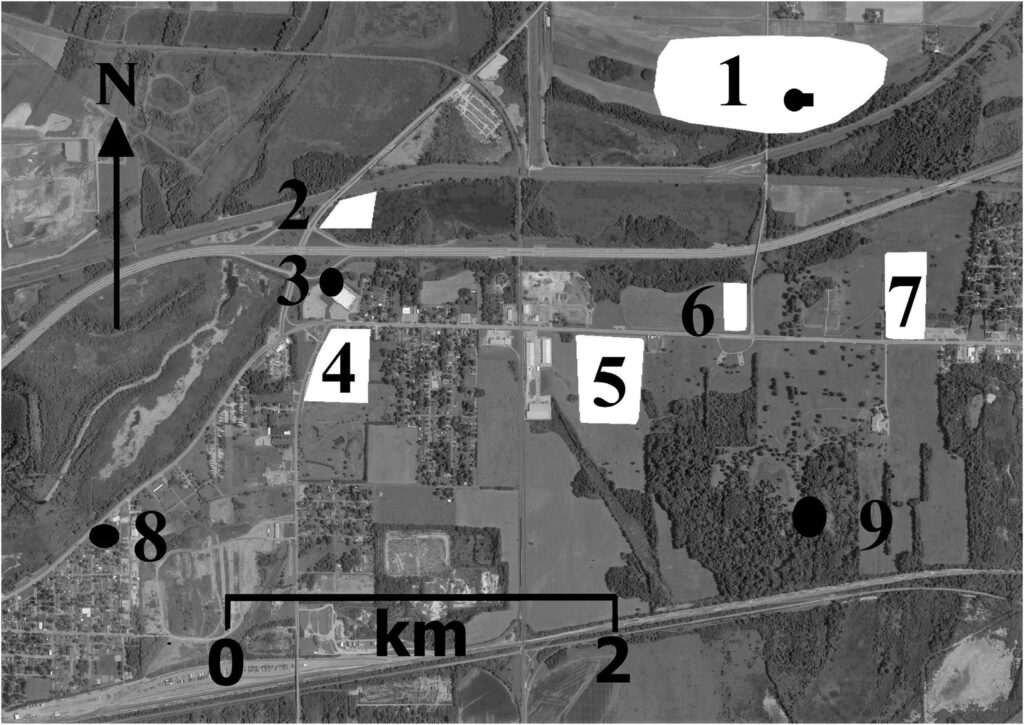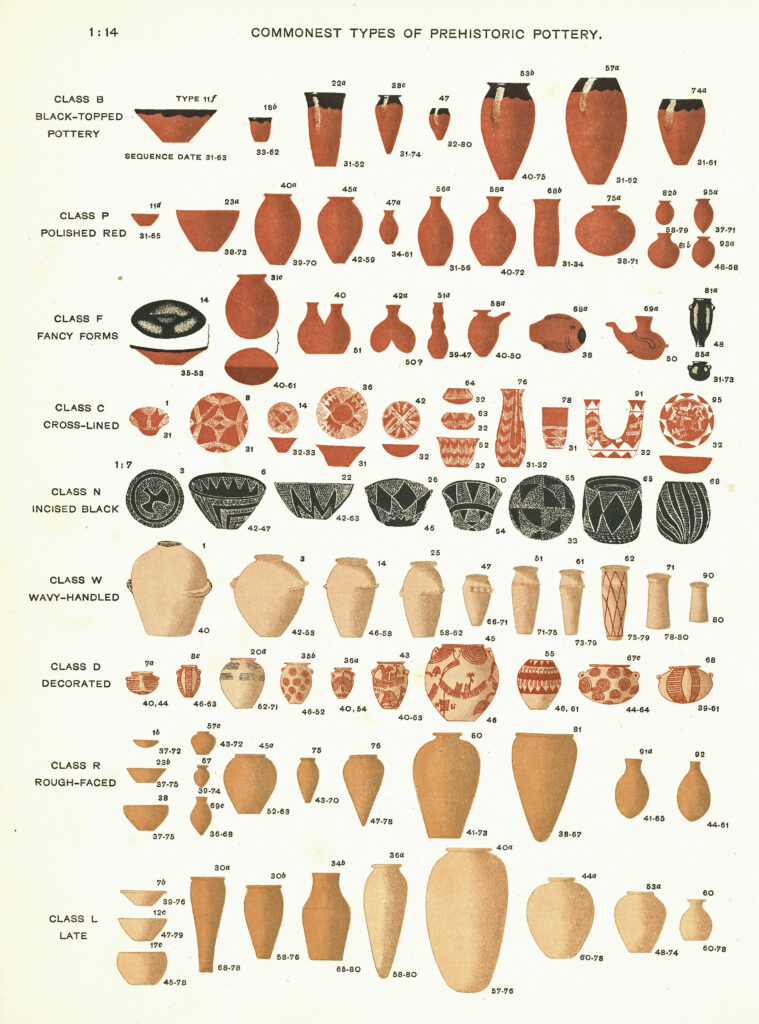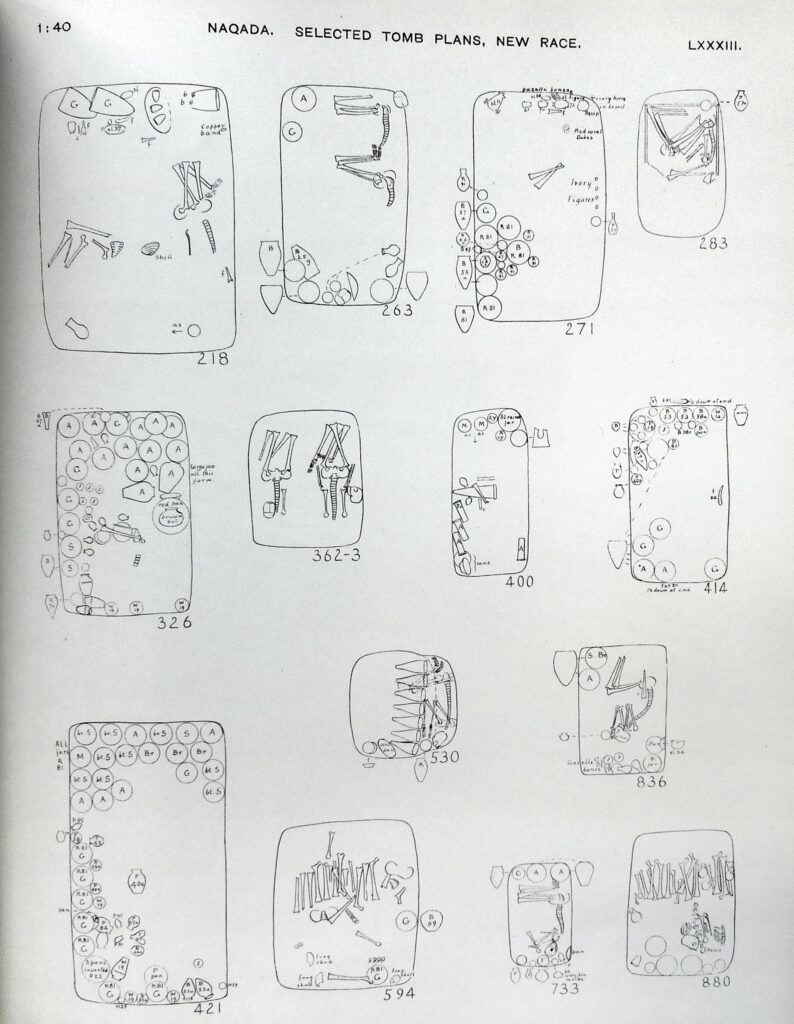In the book we’re reading on Cahokia, Timothy R. Pauketat spends a lot of time on the human sacrifices and burial rituals that were so prevalent in the city. What stood out to me was the way that important men were buried, specifically the beads so present in their burial mounds. Pauketat describes the “beaded burial” (Pauketat, 73) of two important men. Their bones were wrapped in cloth and placed on top of animal pelts and thousands of shell beads sewn onto a now-decomposed piece of fabric. This made me very curious about the significance of beads in Cahokia, as well as where they came from and how they were modified.

The “beaded burial” site can shed a lot of light on the importance of beads. Shell beads were likely used as a marker of status, seeing as “over 32,700 columella beads … from Mound 72 were associated with high status women,” and “most LW [abbreviation of lightning whelk] beads were buried with mound mortuaries … associated with higher status individuals” (Kozuch, 65). There is also earlier research stating that marine shells were likely reserved for only the highest class citizens (Holley, in Kozuch, 67). It’s very interesting to reflect on how items that are currently seen as worthless were once so important. The city of Cahokia, including the greater surrounding area, had many bead-crafting workshops. These could be identified through specific tools that would’ve been used to form shells into beads (Mason, Perino, and Morse, in Kozuch, 67). The existence of these bead workshops, and the thousands upon thousands of beads used in burials, indicate that Cahokians saw beads as a symbol of status and wealth, much as modern society views precious gems. However, it wasn’t as if shells were reserved for only the rich. There was a large “presence of marine shells at non-elite Mississippian residences” (Prentice, 207). To me, this could create a hierarchy of beads: rare ones such as the lightning whelk shells were owned by elites, while common ones were dispersed among the masses. This makes sense, considering Cahokia’s proximity to the Mississippi river, but conflicts with Holley’s earlier research that says the opposite.

The abundance of shells and the many bead workshops at Cahokia made me a bit curious about trade in the region. It is clear that trade routes existed in the ancient Americas, and shells were transported along these routes (Prentice, 200). Many theories exist, including ones about shells being used as money or being traded at set prices (Prentice, 200 – 207), but these are unproven. Seeing as Cahokia was such a large city and important trading center, it is an understandable conclusion that some level of shell trade took place.
Reference list:
- https://journals.sagepub.com/doi/full/10.1177/01976931211048205
- https://www.jstor.org/stable/20708256?seq=1
Additional reading:
- https://www.washingtonpost.com/wp-srv/national/daily/march/12/cahokia.htm
- https://news.illinois.edu/view/6367/391694


